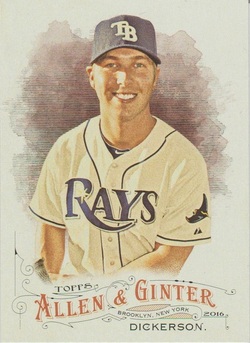
Every summer I look forward to breaking a box of Topps’ Allen & Ginter cards. It’s eclectic, with subjects beyond baseball. There is always a mini-history lesson, and fun facts galore. The format has not really changed since A&G debuted in 2006.
A hobby box contains 24 packs, with eight cards to a pack. The base set remains at 350 cards, with 50 short prints from card Nos. 301 to 350. Expect to pull a short print out of every other pack. Topps is promising at least three hits per hobby box, from a combination of relics, autographs, rip cards or even original Allen & Ginter cards. Most hobby boxes contain an oversized box topper card.
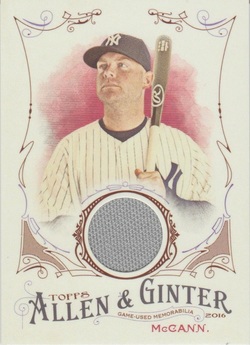
A quick note: the non-baseball players have mini-biographies on the card backs. I thought it was interesting that Steele’s card made no mention of the work she did on ESPN’s memorabilia show, Mint Condition.
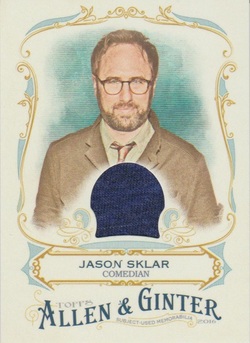
Each pack contains one mini-card. Some are parallels, and Topps notes that at least four of them will be inserts. That was the breakdown I found.
Of the 20 player mini-parallels I found, three had an Allen & Ginter logo on the card back.
There were two relics in the hobby box I opened. The first was of comedian Jason Sklar that contained a blue swatch. The second relic was of Yankees catcher Brian McCann, a circular swatch of gray.
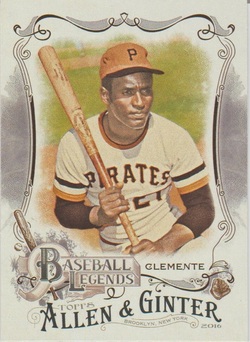
Inserts are always a staple of A&G sets. Natural Wonders is a 20-card set that takes the collector on a tour of some of the world’s most breathtaking sites, framed by an ornate, light-colored wood border. There were four of these cards in the box I opened.
Baseball Legends is a 25-card set that pays homage to the greats of the game; I pulled five of those. And Numbers Game, a 100-card set that plays off a competitor’s number, can be found in every other pack. There were 12 in the box I opened, and each league has a different color scheme — blue for the American League, and orange for the National League.
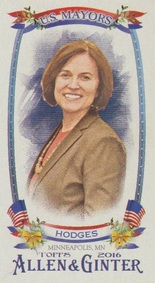
Ferocious Felines consists of 15 different cards, all devoted to various breeds of cats; there was one in the box I opened. Another 15-card subset, called Subways and Streetcars, provides a history of transportation. There was one of these cards in the box, too.
One mini insert I did not pull was from the Laureates of Peace, a 10-card presentation of Nobel Peace Prize winners.

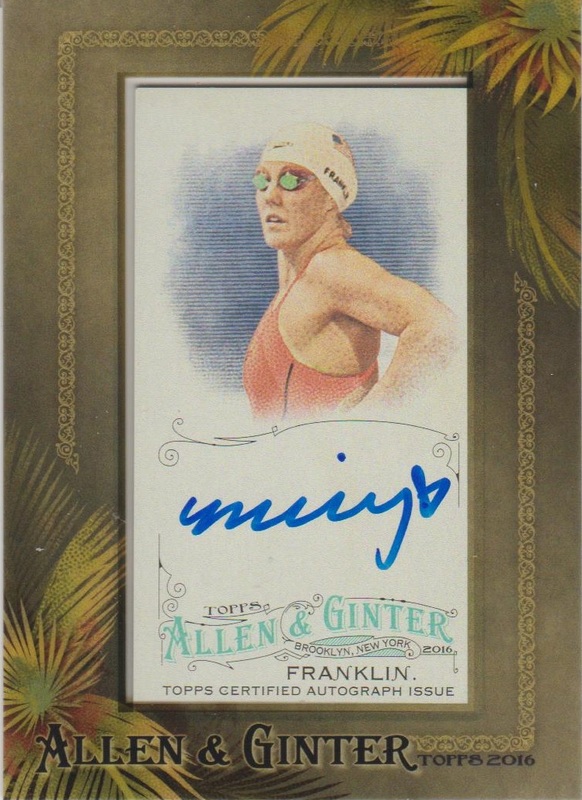
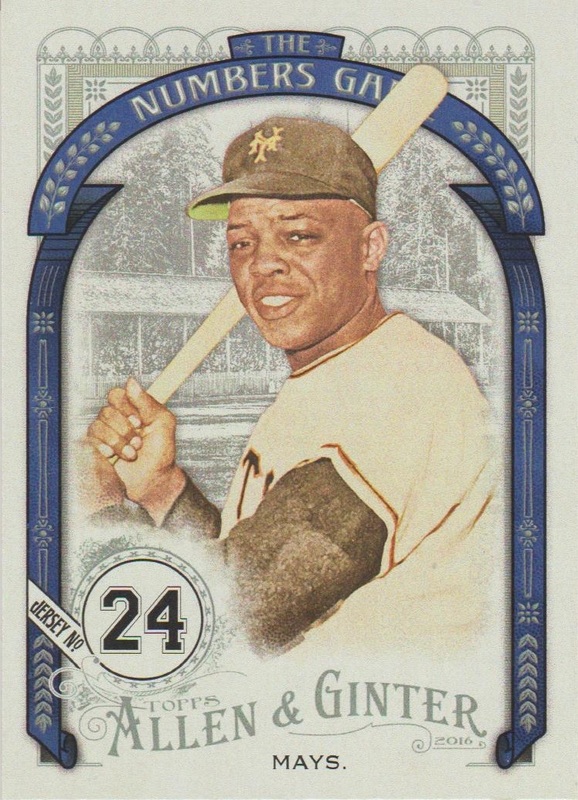
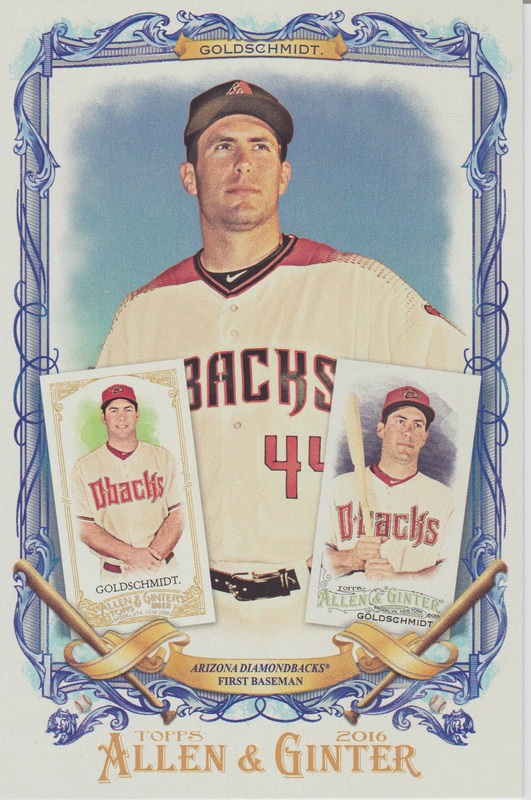

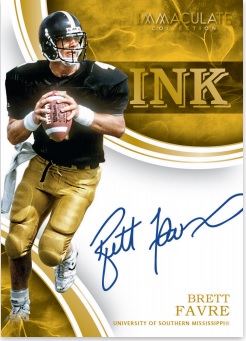
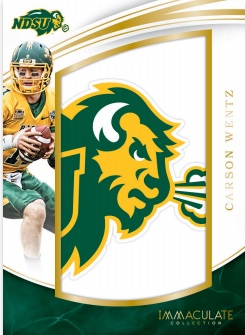
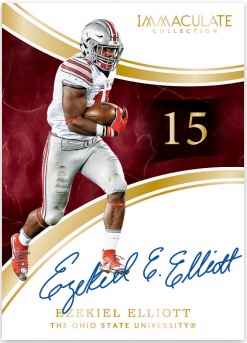
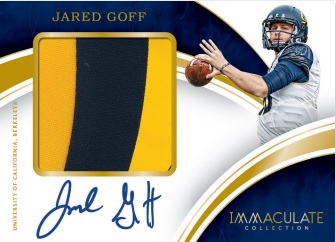
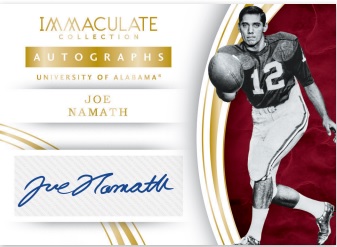
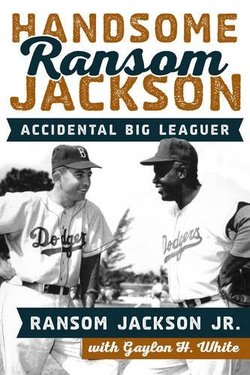
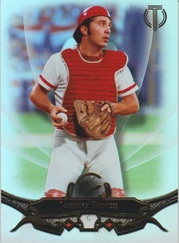
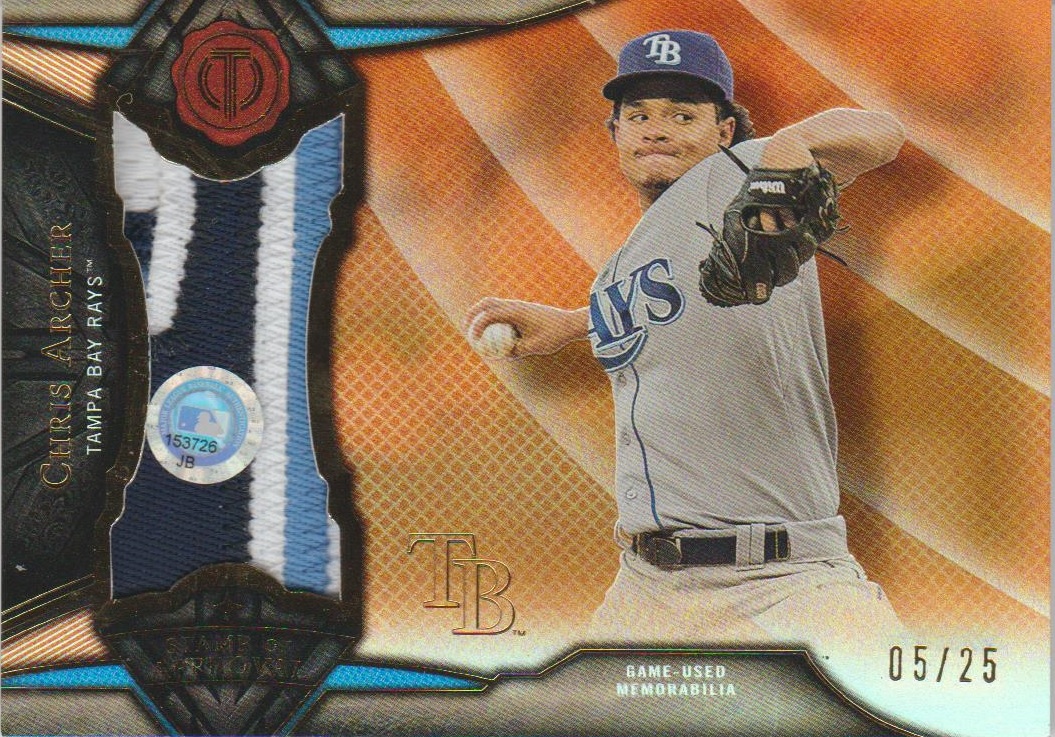
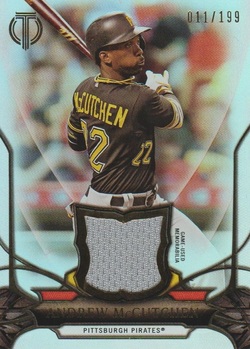
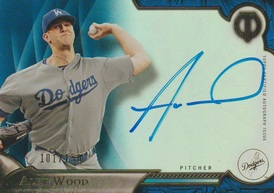
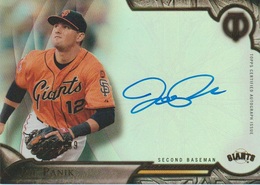
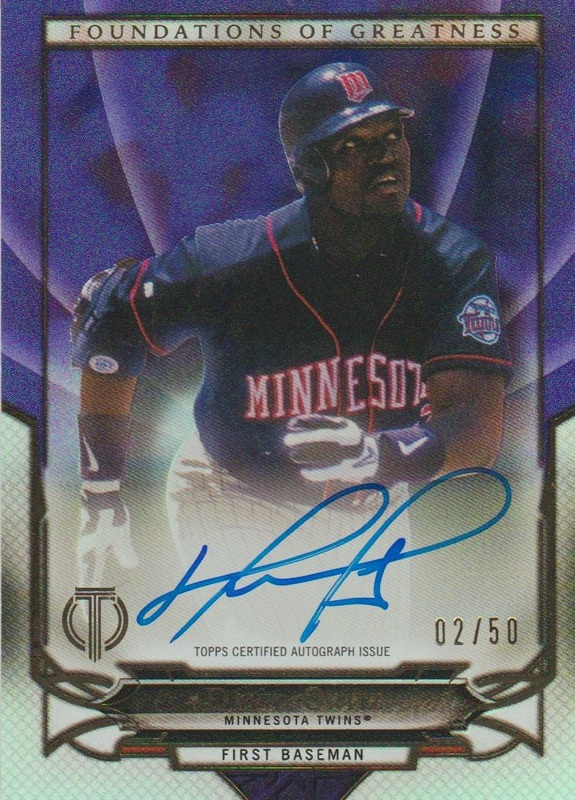
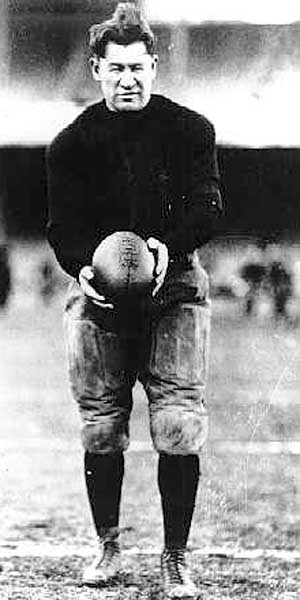
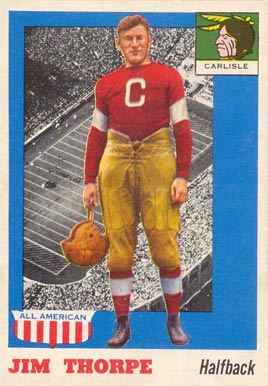
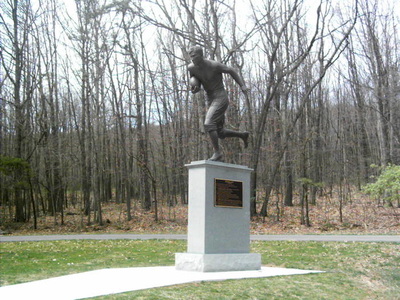
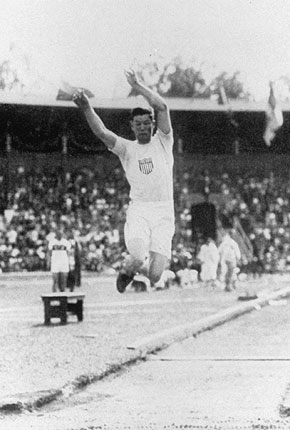
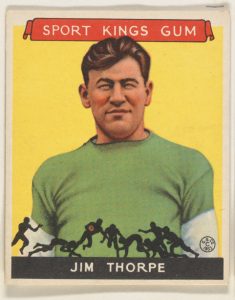
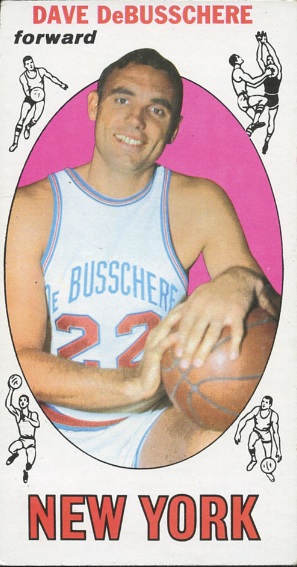
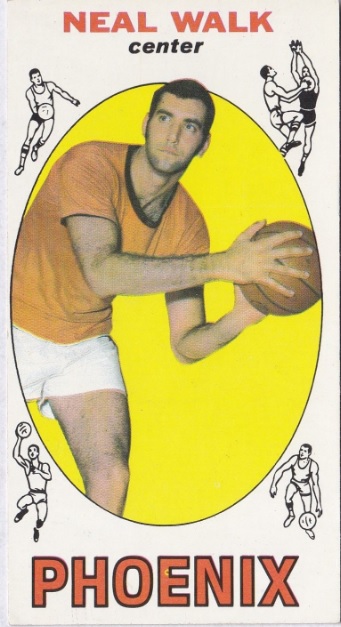
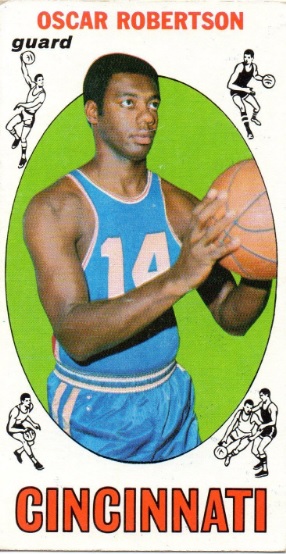
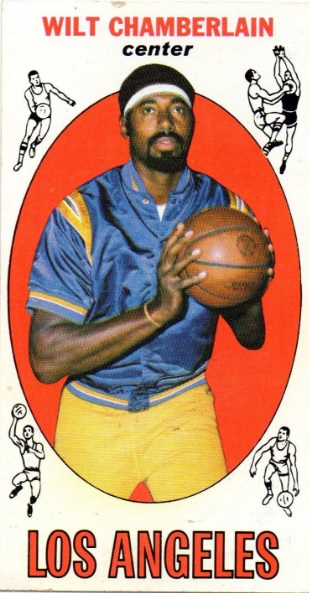

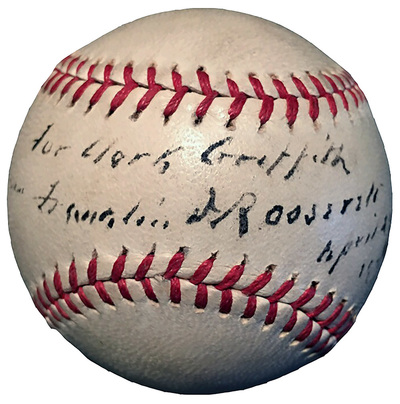
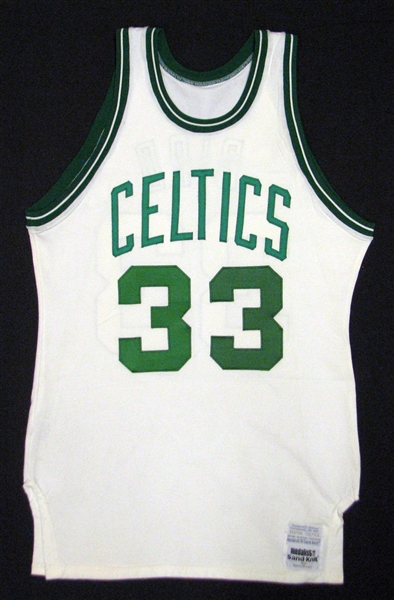
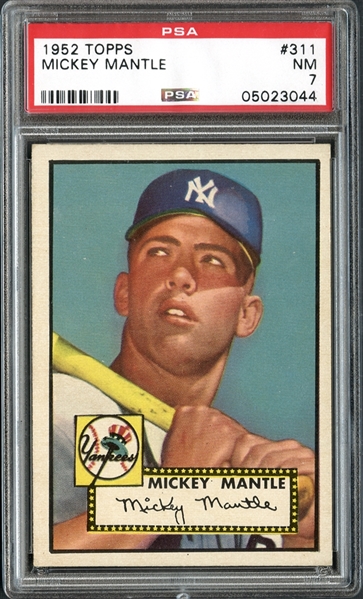
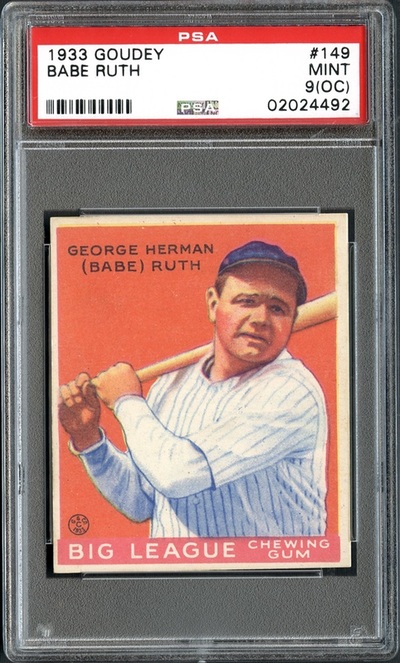
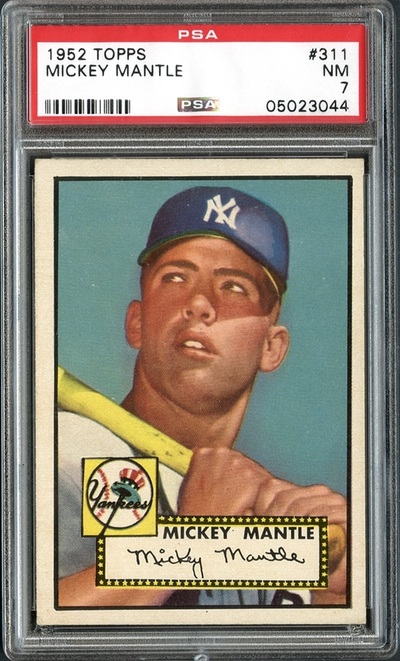
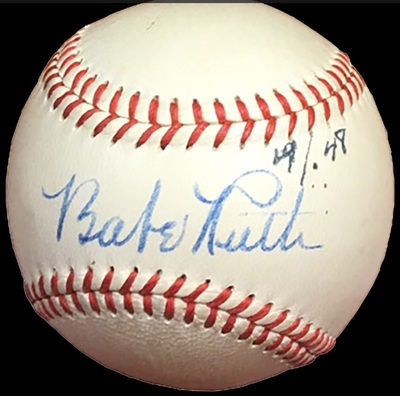
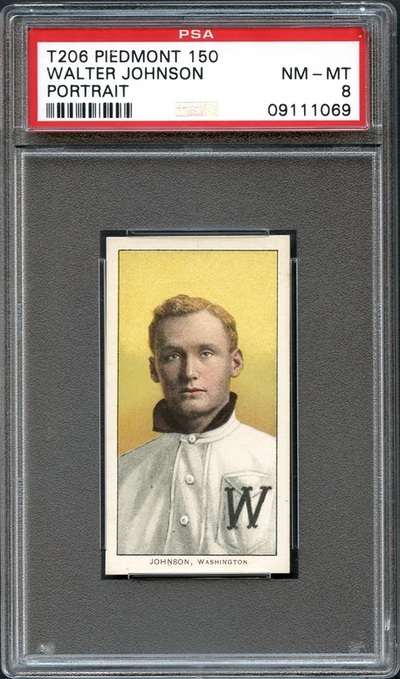
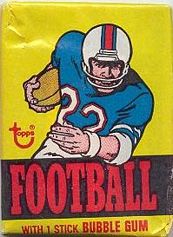
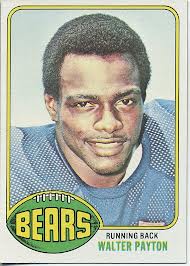
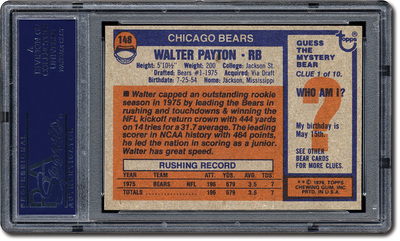
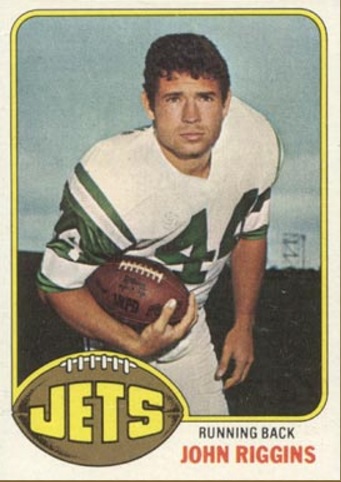
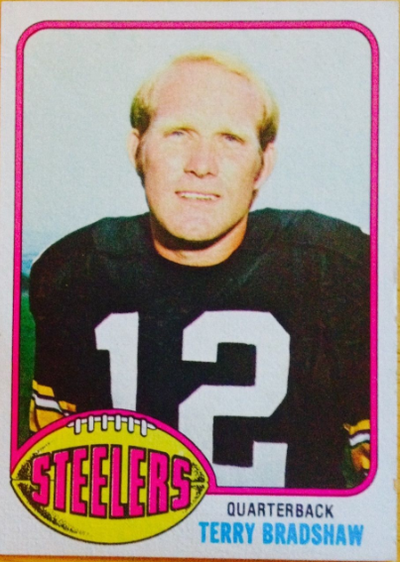
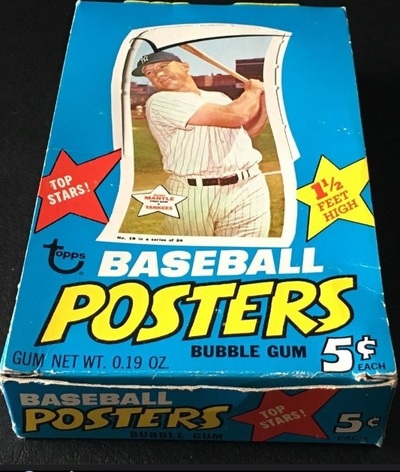
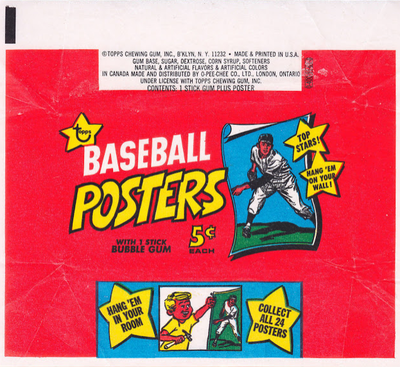
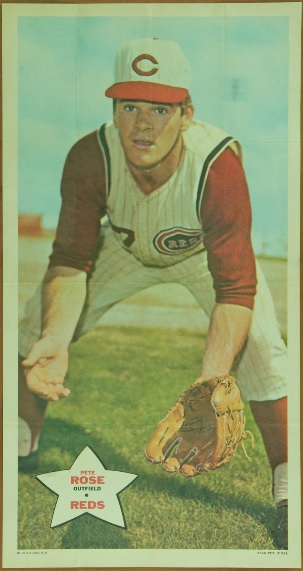
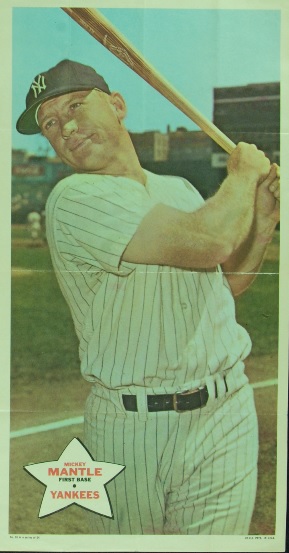
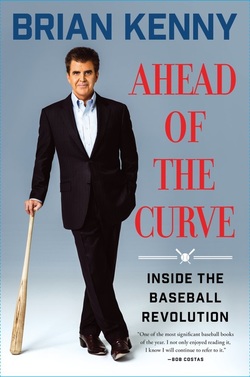
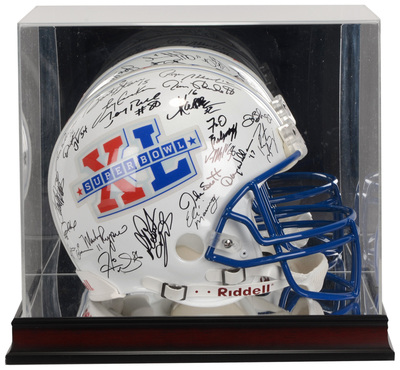
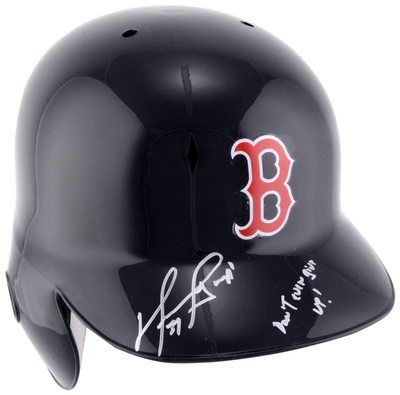
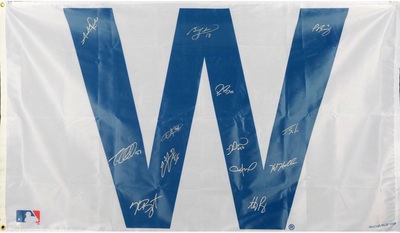
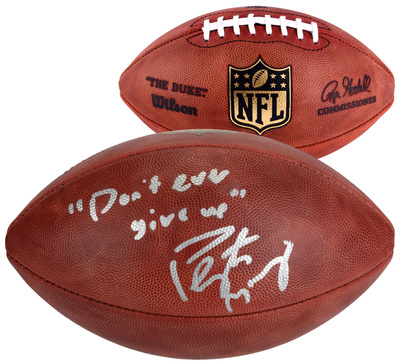
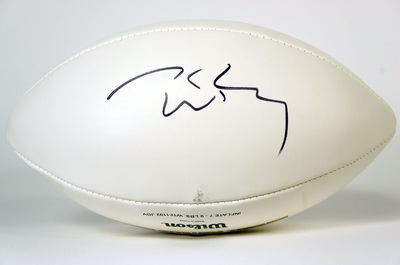
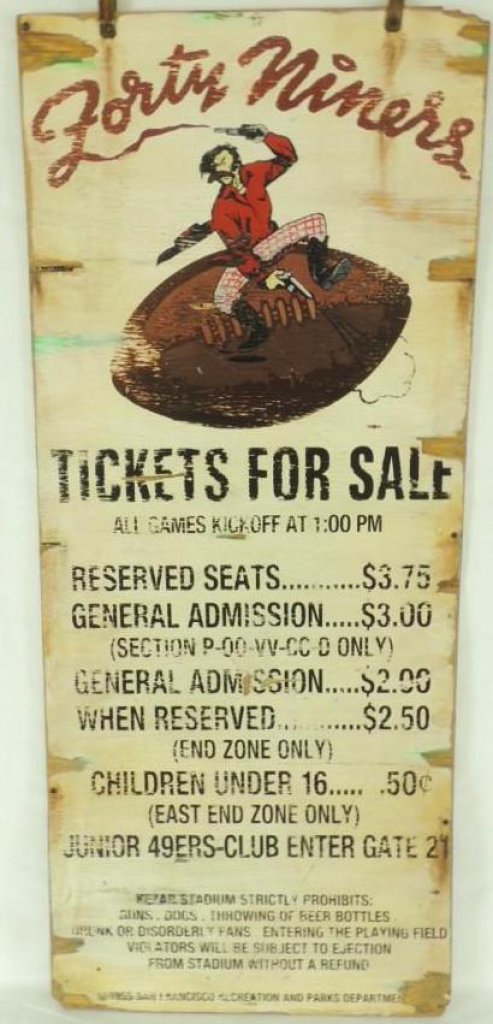
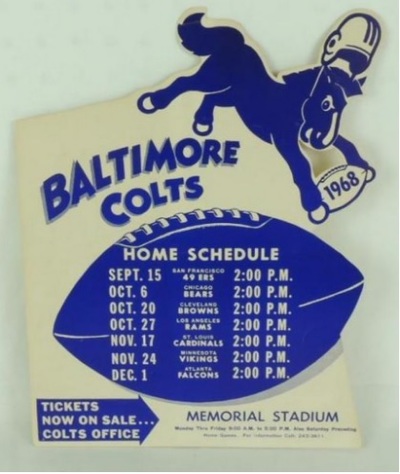
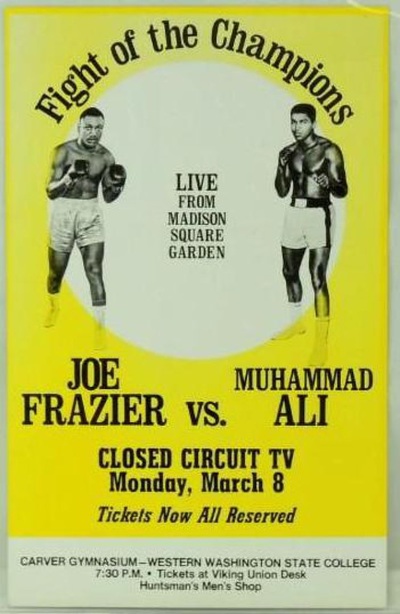
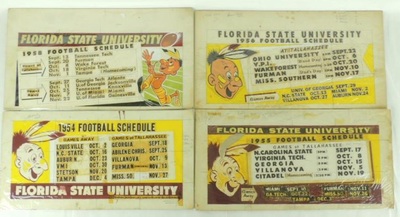
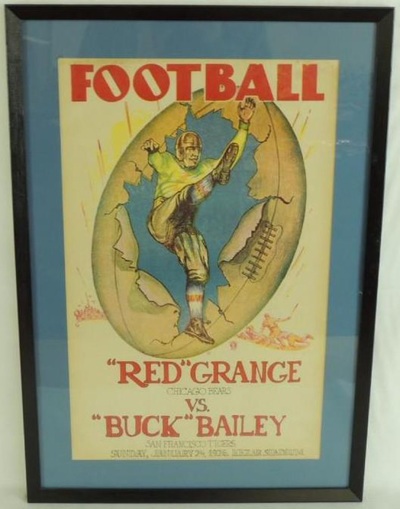
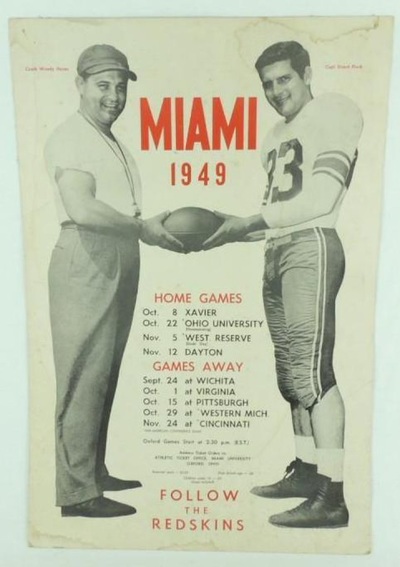

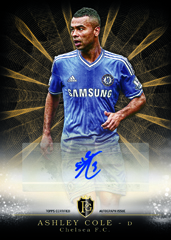


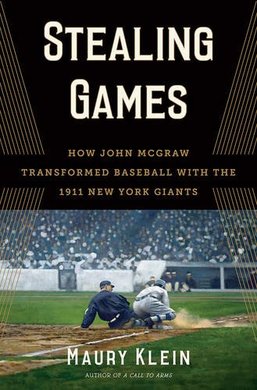


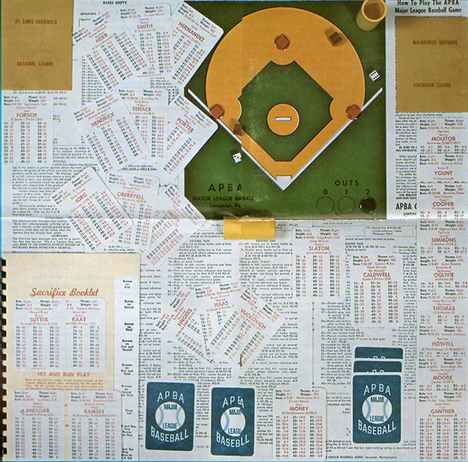
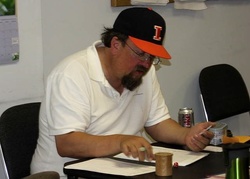
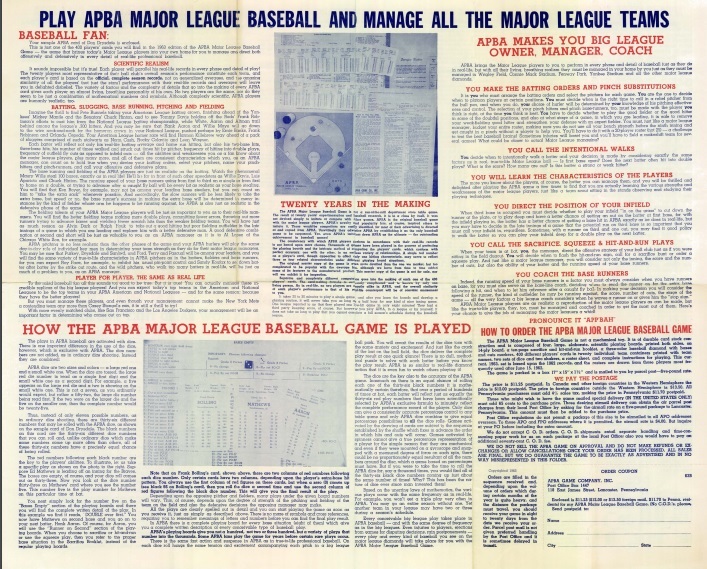
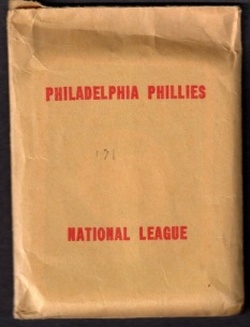
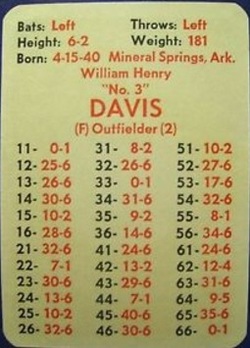
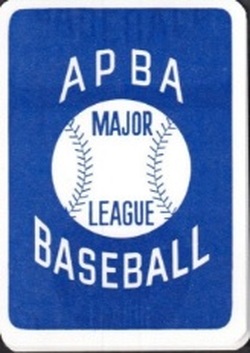
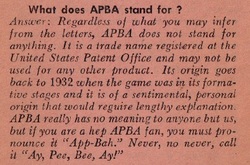
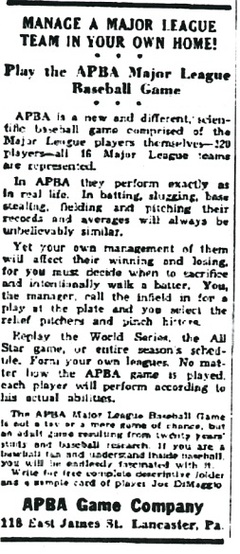
 RSS Feed
RSS Feed
